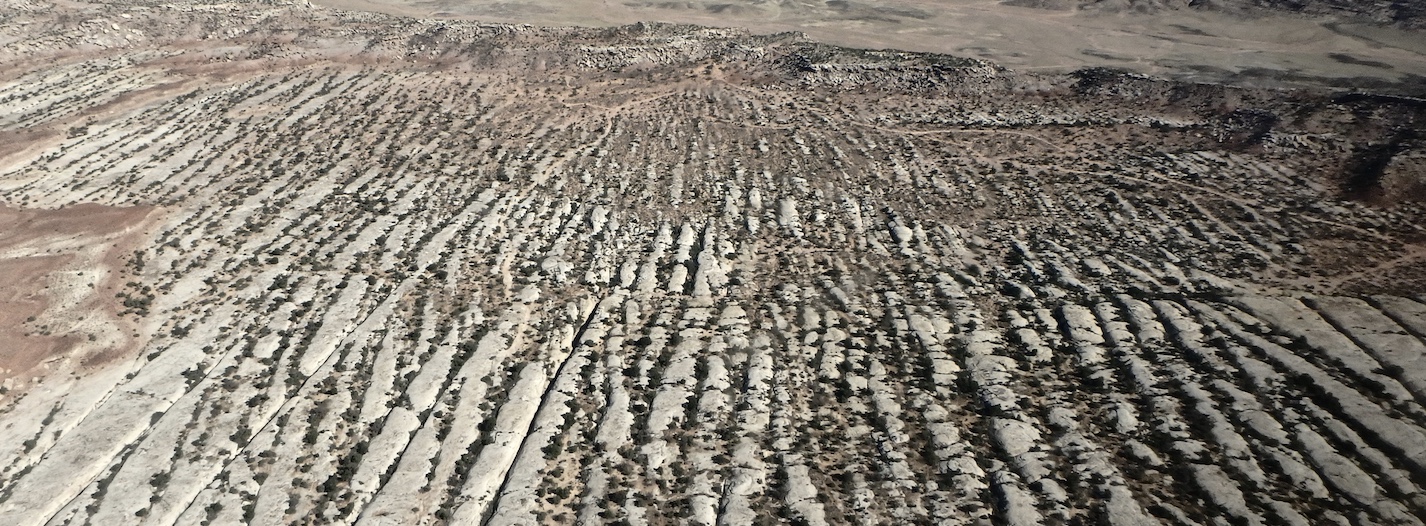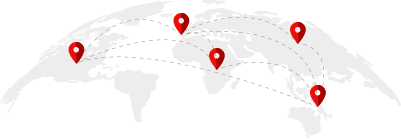
Online Short-Course on Fractures
Course Details
Welcome to the Online Short-Course on Fractured Reservoirs. We understand that with the global pandemic, oil price crash, and with most companies slashing training budgets, travel expenses are the biggest hurdle in getting the training you need.
Starting in 2015 we were the first online geoscience course provider that included live lectures, exercises, and modules that you can pick and choose. Although we recommend that you complete all modules in the correct progression, we understand the time and budget constraints, therefore you have the flexibility of choosing what modules to take and the order in which you complete them.
Course notes and exercise materials will be provided to you using a dropbox link. The price of individual modules is $300 and if you choose to take all modules together you can do so for $1250 if you’re a professional, $900 if you are a student. We give additional discounts as well, e-mail us to find out if you are eligible.
Each module runs for 3-hours and is taught live on Zoom so you have an opportunity to be interactive and ask the instructor questions. If you want a sample of the instructor’s teaching style you can watch this youtube webinar.
This course is scheduled to run between May 3-7, 2021.
Who Should Attend
• Geologists • Geophysicists • Petrophysicists • Reservoir Engineers • Graduate Students (Masters or Doctorate) • Mining Engineers •
All who want to develop a thorough understanding of fractures and their effect on hydrocarbon production and as conduits of metal-bearing hydrothermal fluids.
Need more information?
Course Outline
Module 1
We begin with an overview of fracture mechanics and introduce the concepts of mechanical stratigraphy and how brittleness and ductility impact fracture development. We then look at various fracture types, the relationship to stress, and how they can be used as kinematic indicators to paleo stress.
Module 2
To understand the impact of fractures on a reservoir many companies will drill a core. In this module, we will cover the basics of a core fracture analysis. We will look at analogs of natural and drilling-induced fractures, how to classify and quantify them, implications to the impact of fractures in a reservoir, and how to use them as kinematic indicators to paleo and neo stress. This information can be used to assess the mechanical stratigraphy and provide the input data for a fracture model.
Module 3
While insight from a core can be beneficial, a more cost-efficient practice is to take an image log of the borehole to assess fracturing and in situ stresses. In this module, we will examine a very basic image log analysis and interpretation. We will look at the difference in natural verse induced fractures and how that information can be used to determine paleo and neo stress conditions. We will also look at how this information can be quantified to assess fracture densities and mechanical stratigraphy.
Module 4
The best place to study fractures is in outcrop. In this module we will look at outcrop analogs and how that information can be used to understand subsurface fractures in a reservoir. The outcrop is also the best place to gather data for fracture models, therefore in this module, we will also discuss how that information should be gathered for modeling purposes. We will go over a basic DFN (discrete fracture network) and how information from core, image logs, and outcrop are utilized in these models.
Module 5
Fractured areas in a reservoir can be predicted based on fault models and stress. In this module, we will look at the concepts behind fault geometries, stress/strain, and fractured areas. We will discuss several of the tools that can be used to predict fracturing including software or by simply understanding the kinematics and several guidelines. We will also cover what it means for a fault or fracture to be critically stressed and the geohazards associated with the operational risks.


